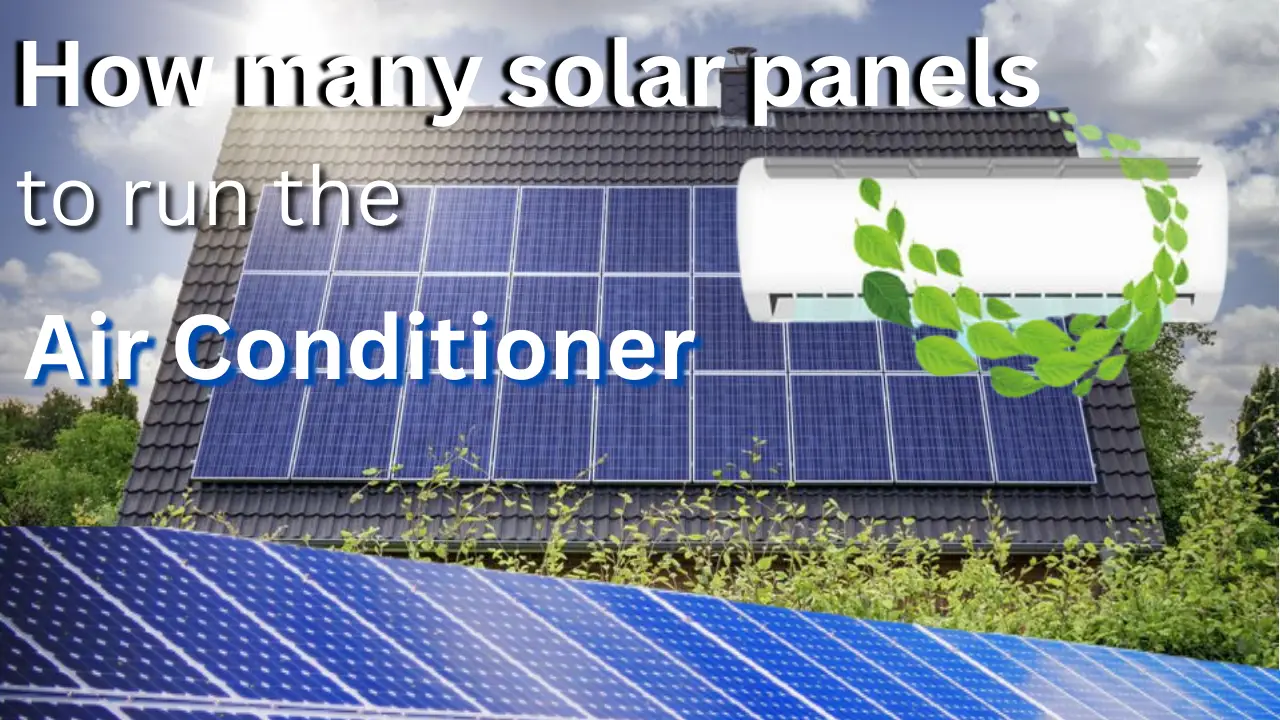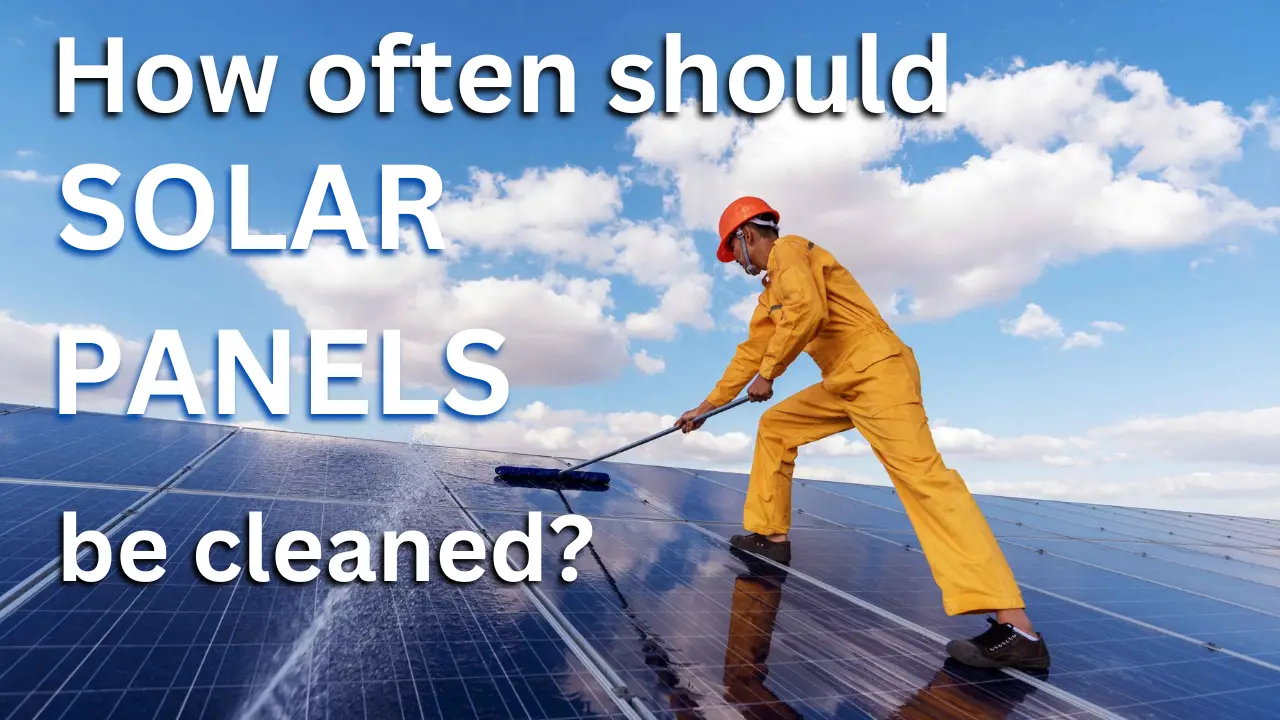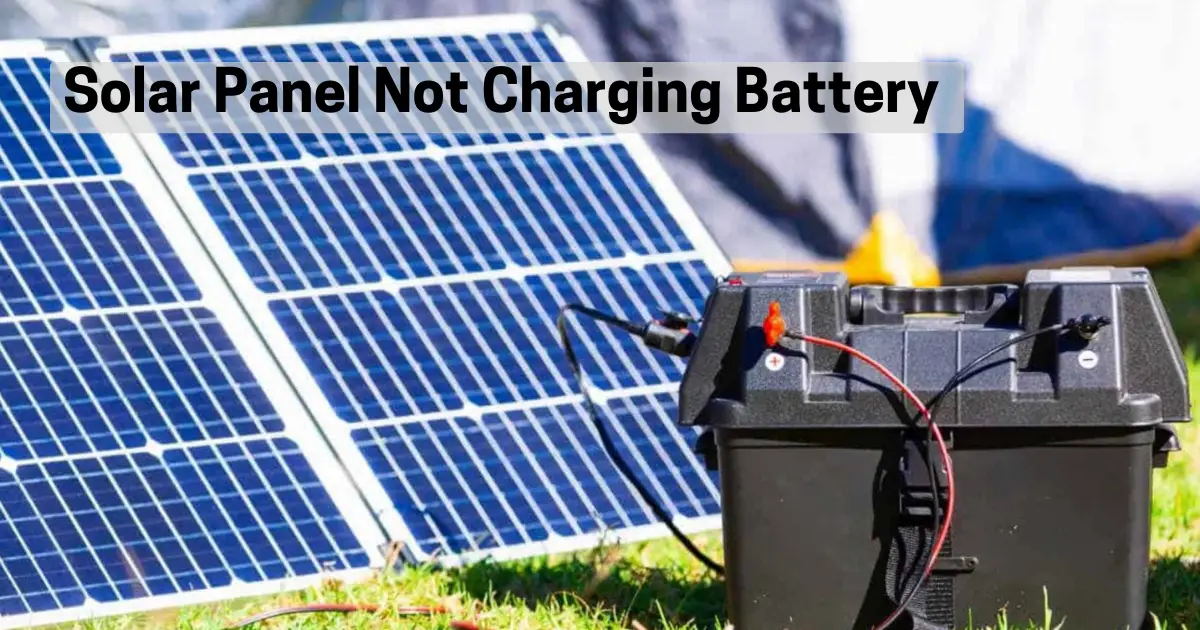Over the past few years, there has been a surge in the popularity of solar panels, and an increasing number of people are expressing their interest in this sustainable energy solution. With the rising interest in solar panels, the number of inquiries about them has also been on the rise.
One of the most common questions that people ask is about the number of solar panels required to power their largest load, which is typically the air conditioner in most homes. It’s fascinating to see people curious about the potential of solar panels, and we are excited to address this particular question in more detail.
Additionally, we will provide some helpful tips on how to calculate the number of solar panels required to power your air conditioner and reduce your carbon footprint. The number of solar panels required to run an air conditioner depends on several factors, including the size of the air conditioner, its energy efficiency rating, the amount of sunshine in your area, etc.
As a general rule, an air conditioner with a cooling capacity of 1 ton (12,000 BTU) requires approximately 1.5 to 2 kilowatts (kW) of power. A typical solar panel has a power output of around 250 watts (W), so you would need 6 to 8 solar panels to generate the required power for a 1-ton air conditioner.
However, this is just an estimate, and the actual number of panels needed can vary based on the factors we will cover in this article.
How many solar panels are needed to run the air conditioner?
The number of solar panels required to run an air conditioner depends on factors such as cooling capacity, EER, compressor running percentage, units produced in a grid-tied system per 1 kWh, and solar panel wattage. Higher cooling capacity and compressor running percentage will require more solar panels, while higher EER and lower air conditioner size will require fewer.
Let us understand these terms in detail before we move in with our calculation.
Cooling Capacity
Firstly, the cooling capacity of the air conditioner is a crucial factor. The cooling capacity is measured in BTUs (British Thermal Units) per hour. The higher the cooling capacity, the more power the air conditioner will consume, and the more solar panels will be required to generate the necessary electricity.
To convert BTUs to kWh, you can use the following formula:
1 BTU = 0.00029307107 kWh
So, to convert 12000 BTUs to kWh, we can multiply 12000 by 0.00029307107, which gives us:
12000 BTU = 3.517 kWh
Therefore, 12000 BTUs of cooling capacity is equivalent to 3.517 kWh of energy. Generally, for 1 ton, the AC cooling capacity is 3.517 kWh. Refer to the chart below and get yourself a required BTU AC accordingly.

Energy Efficiency Ratio
Secondly, the air conditioner’s EER (Energy Efficiency Ratio) plays a significant role. The EER is the air conditioner’s cooling capacity ratio to the power it consumes in watts. Higher EER means that the air conditioner will consume less power, and therefore fewer solar panels will be required; hence it will be more efficient in terms of energy usage.
Energy Efficiency Ratio (EER) = Cooling Capacity (BTU)/ Power Consumption (kWh)
For example, an air conditioner with an EER of 14 will be more efficient than one with an EER of 10, as it requires less electrical energy to produce the same amount of cooling.
EER is a standard rating used in the United States, and it is typically used to measure the efficiency of window air conditioning units and other small cooling systems. ACs are given different star ratings, which tell about their EER.
Below we have an image stating the EER rating for ACs. You can refer to it to know the EER of your AC, depending upon the type of AC you own.

Size of Air-Conditioner
Thirdly, the size of the air conditioner, measured in tons, is also a significant factor. The larger the size of the air conditioner, the more power it will consume, and the more solar panels will be needed. Air conditioners are available in a variety of sizes, typically ranging from 1 ton to 5 tons. However, there are also smaller and larger units available.
Each ton of AC uses one unit of power per hour, thus if you wish to run a 2-ton AC for eight hours each day, the total power used by the 2-ton AC in a day will be [2×8 =16] sixteen units, or sixteen-kilowatt hours (kWh). Thus the amount of tons plays a vital role in calculating the number of solar panels needed.

Compressor Running Percentage
Fourthly, the compressor running percentage of the air conditioner is also important. It is the most power-hungry component of the air conditioner, and its running percentage is a significant factor in determining the number of solar panels required to run the air conditioner.
The higher the compressor running percentage, the more power the air conditioner will consume, and thus, more solar panels will be needed to generate the necessary electricity.
For example, if the AC consumes one unit per hour but the compressor runs only 60 percent of the time during normal use. Hence adjusted power consumption will be 0.6 units per hour.
Solar System and Panels
What is a Grid-tied solar power plant?
Sunlight is only available for 5 to 8 hours; however, we need electricity 24 hours a day. We need a solar power plant large enough to create excess power over our daytime requirements and a mechanism to store this excess power for nighttime use in order to use solar power for 24 hours of necessity.
Batteries might be a possibility for storing this extra power, but they are still pricey. Due to how utterly weather-dependent solar energy is, we occasionally experience blackouts throughout the year.
String inverters, also known as on-grid or grid-tied inverters, were created to address these problems. They convert DC (direct current) power produced by solar panels into AC (alternate current) power in sync with grid power.
Solar Panels
For our calculation, we need to know how much power a solar panel can generate under certain conditions. The wattage of a solar panel is calculated based on the amount of sunlight it receives, its efficiency, and its size. The wattage of a solar panel is typically given in watts (W) or kilowatts (kW). For example, a 300-watt solar panel can generate up to 300 watts of power under standard test conditions.
It’s important to note that the actual power output of a solar panel can vary based on several factors, such as the amount of sunlight it receives, the angle and orientation of the panel, and the temperature. Additionally, the power output of a solar panel can decrease over time due to factors such as degradation or shading from nearby objects.

In summary, the number of solar panels required to run an air conditioner will depend on several factors, including the cooling capacity, EER, size, compressor running percentage, units produced in a grid-tied system per 1 kWh, and wattage of the solar panels.
Calculating how many solar panels we need to power an AC
Example
Let us take a 5-star rating 2-ton split AC of 3.5 EER of and understand how many solar panels of 300 watts are required to power them for 12 hours in a grid-tied system.
Power consumption (kWh) = Cooling Capacity (kWh) / EER
As we know, 1 ton is equal to 12,000 BTU, and 12,000 BTU is equal to 3.517 kWh.
So,
Power consumption (kWh) = 3.517 x 2 / 3.5 = 2.009 kWh
Similarly, we can calculate the power consumption of AC [that is, 1 ton, 1.5 ton, 2 ton, 3 ton, 4 ton, and 5 ton] running for different hours daily.
Note that – 1 Unit = 1 kWh
So basically, our AC will consume 2.009 or 2 units per hour. But considering that compressor runs only 70 percent of the time during normal use. Hence adjusted power consumption will be 1.4 units per hour (2x 0.7 = 1.4).
Our runtime is 12 hours; hence power consumption to run our AC for 12 hours is –
Power Consumption (kWh) = 1.4 x 12 = 16.8 units or 16.8 kWh
Now let us know how many units are produced in a Grid-tied solar system per 1 kWh because the amount of energy a solar system can produce is not constant and can vary depending on the weather, time of day, and other factors.
On average, a grid-tied solar system in a location with good sunlight can produce about 3-5 units (kWh) of energy per day for each 1 kW of solar panel capacity.
For our calculation, let us take that five units of electricity are produced in the solar system for each 1 kW.
Power to generate in grid-tie plant = Power consumption / units produced in grid-tie per 1 kW
16.8 kWh / 5 = 3.36 kWh
Hence the size of a grid-tie solar power that the plant required to generate = 3.36 kWh or 3360 Wh is:
Number of solar panels = Power (W)/ wattage of Solar panel (W)
Number of solar panels = 3360 W/ 300 W = 11.2
Hence 3.36 kWh system would be required with 12 (rounding up 11.2) solar panels of 300 W to run 5-star 2-ton AC.
Calculations seems overwhelming to you? Don’t worry; we got you covered with our free calculator below:
FAQ
Will solar energy run my AC during a power outage?
Power outages prevent air conditioning use. Solar power is not a backup energy source during power outages. Local businesses need power, but solar energy may be a risk. Utility workers could be endangered if inverters allowed houses to use electricity during repairs. If you want to run your air conditioner when the electricity is out, you need a backup battery or generator.
Are there any disadvantages to using solar power for running an AC?
Solar energy includes advantages like lower costs for energy production as well as drawbacks. However, the cost of installing a whole solar panel system varies. This may cost more than you intended to if you only use the air conditioner for a few months out of the year.
You might not be able to bank as much as you had hoped because solar power is quite weather-dependent. If you live in a location with a lot of rain and cloudy days, this is especially true. This is so that they can provide the electricity needed to run your air conditioners, which require direct sunlight each day.
Final Words
In conclusion, solar panels can be an excellent sustainable energy solution for powering air conditioners in residential homes. However, the number of solar panels required depends on several factors, such as the size and efficiency of the air conditioner, as well as the amount of sunshine in the area.
The cooling capacity, energy efficiency ratio, size of the air conditioner, and compressor running percentage are crucial factors in determining the number of solar panels needed.
The article provides some helpful tips and a calculator to calculate the required number of solar panels to power air conditioners of different sizes. A calculator is a useful tool that can help you determine the number of solar panels they need and reduce their carbon footprint.
Overall, using solar panels to power air conditioners can be a practical solution to reduce energy bills and promote sustainable living.





